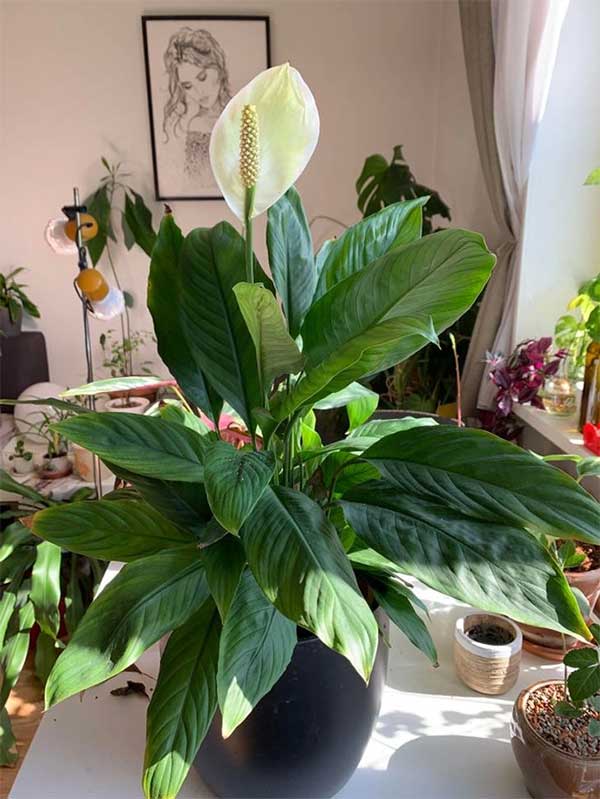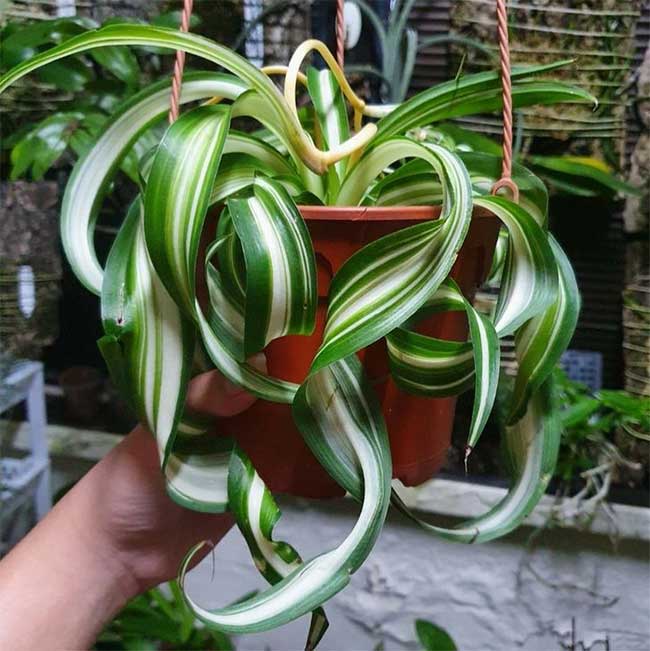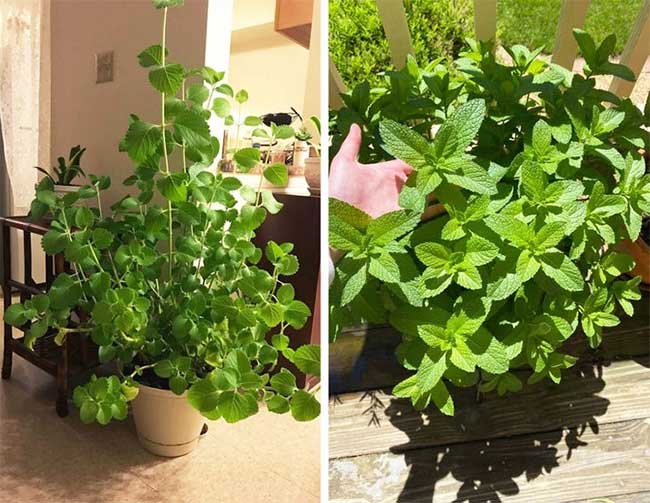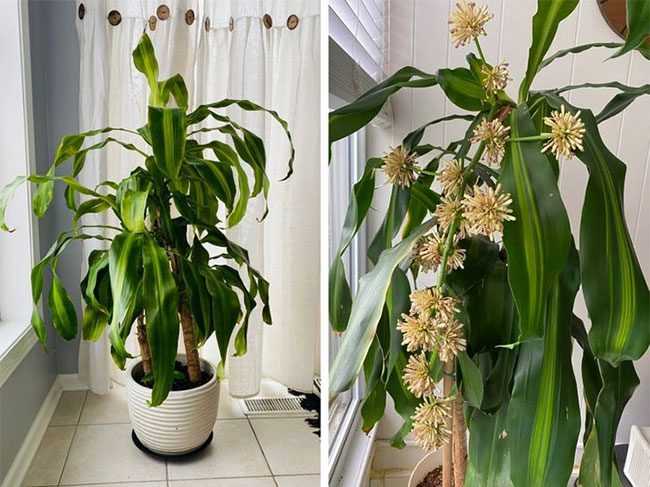Excessive humidity can lead to rapid deterioration of furniture and contribute to various skin and respiratory diseases. Therefore, to balance humidity levels, you can consider planting some recommended indoor plants mentioned in this article.
Indoor Plants That Help Balance Humidity
Excess moisture or dryness is a common issue in many spaces. Excessive humidity not only damages walls and ceilings but, if not addressed promptly with proper ventilation, can lead to mold growth that quickly deteriorates the health of everyone in the household. Exposure to damp environments can cause nasal congestion, itchy eyes, and skin allergies.
Manage humidity levels naturally to minimize mold growth. Certain plants can help absorb excess moisture in the air, making them suitable for indoor planting.
1. English Ivy
English Ivy is a climbing plant commonly grown in hanging pots. People often place climbing vines on walls or hang them in pots to create a natural environment indoors. This plant functions as a moisture absorber and can be placed in the living room or kitchen. It also enhances the aesthetic of the living room when hung by windows.
2. Peace Lily

The Peace Lily is a tropical plant native to some regions of the Americas. However, this beautiful plant cannot withstand frost or strong winds. Therefore, it is usually grown indoors, thriving in relatively stable temperatures.
You only need to water it about once a week, and importantly, it does not require much light. It can be placed in the bathroom or other humid areas to help maintain a dry atmosphere by balancing humidity levels.
3. Spider Plant

The Spider Plant, also known as ribbon plant or airplane plant, is grown indoors to absorb moisture and filter toxins, purifying the air. It only requires moderate light, so you can place it in shaded areas.
If placed in direct sunlight, the plant can easily burn. It can store water in its thick root system, so frequent watering is unnecessary. However, during summer or hot weather, you need to increase watering frequency.
4. Fern
The Fern is a popular indoor plant, often grown in hanging pots. It thrives in moist, shady environments. When grown indoors, it quickly absorbs moisture and filters chemicals from the air. This is beneficial if you want to purify the air you breathe at home using natural methods.
5. Mint

This aromatic plant is also excellent at absorbing indoor moisture. Mint can thrive in humid environments. It is ideal for growing in gardens, kitchens, bathrooms, or any damp areas. Overall, mint is resilient to various climate conditions and watering frequencies, and it can even grow in well-lit spaces.
6. Peacock Plant
Natively from Brazil and Peru, this plant thrives in forest environments. It is suitable for cultivation in its natural habitat. However, when grown indoors with proper care, it can also thrive well. It is best placed in the bathroom to absorb moisture and is well-suited to its growing conditions.
7. Orchid
This is one of the most beautiful flowering plants. The presence of orchids in your home adds a refreshing touch. They help to reduce humidity in the room. Their roots do not sit in soil but absorb nutrients from the surrounding air. Orchids can be placed in bathrooms, serving both as décor and an effective moisture absorber.
8. Dracaena

Dracaena originates from West Africa. This plant typically has white flowers with a subtle fragrance. When grown in pots and placed in any room, it can effectively purify the air from harmful chemicals and absorb moisture. The lush green color of the plant and its leaves also adds a beautiful accent to your home.


















































